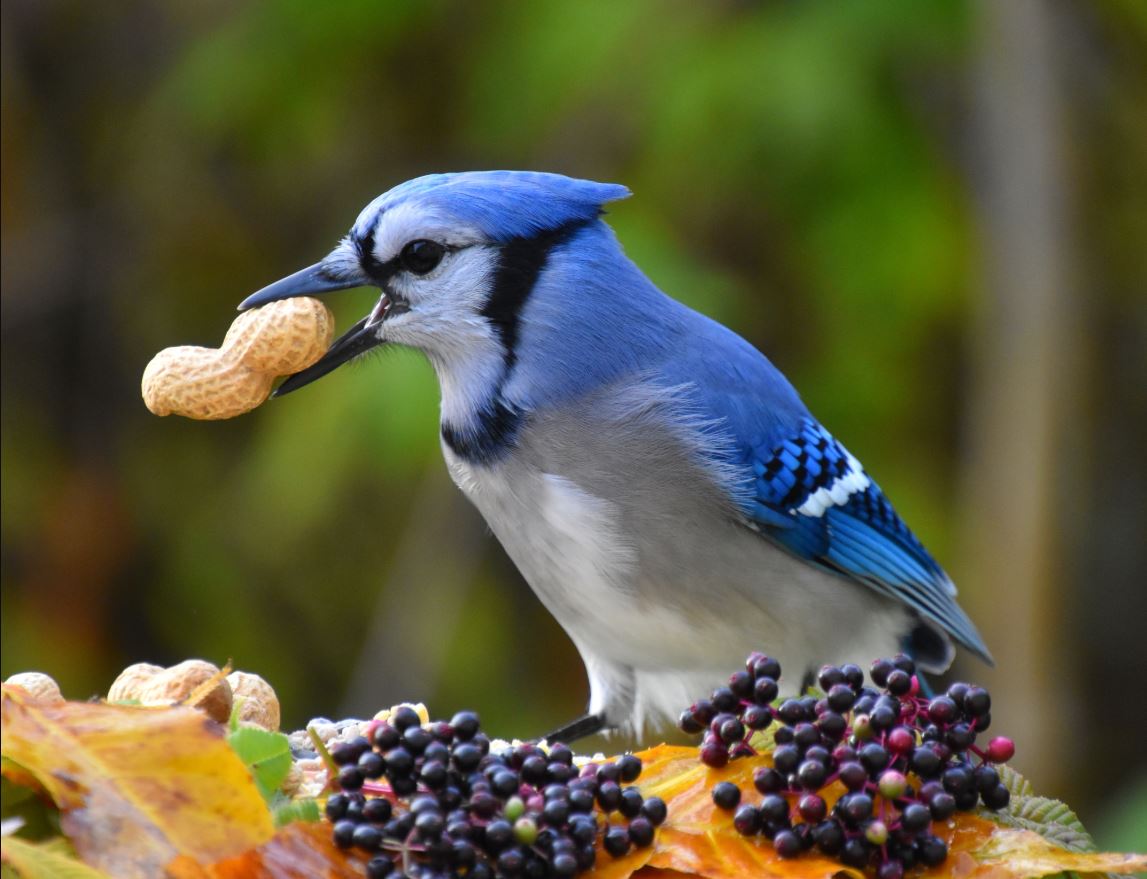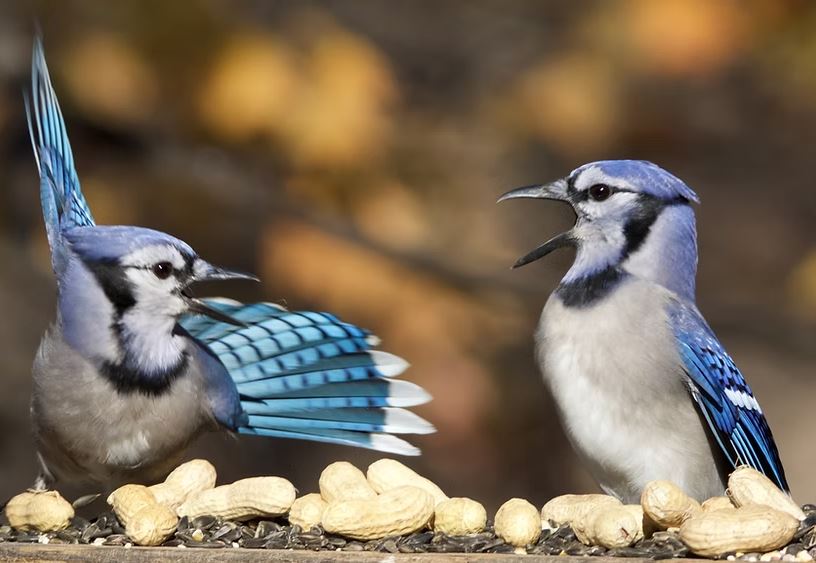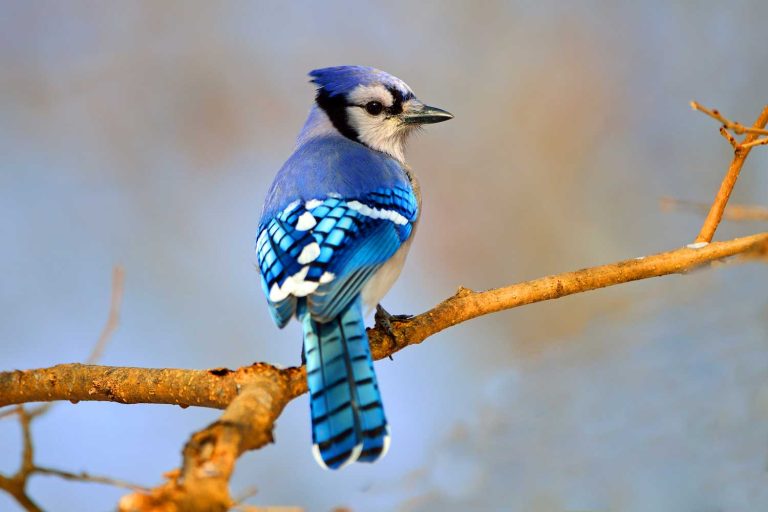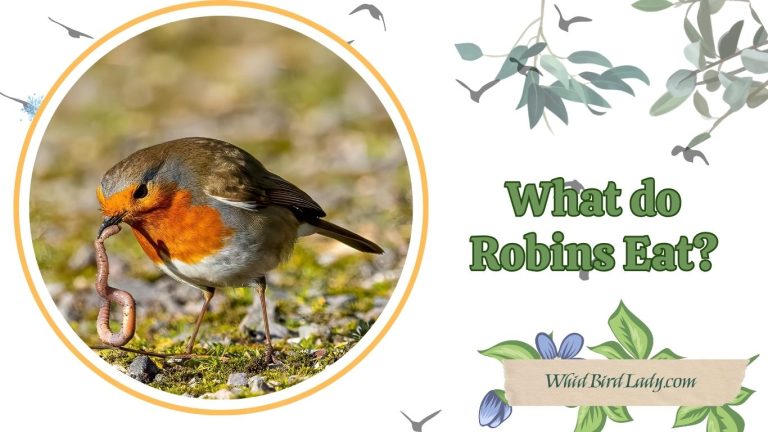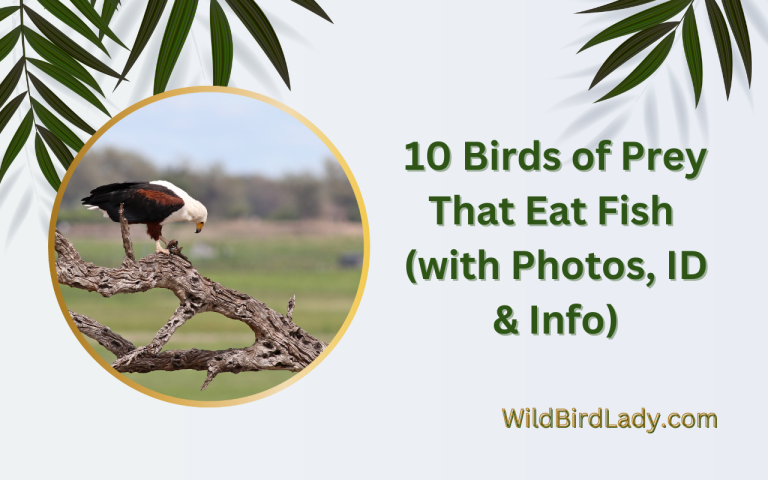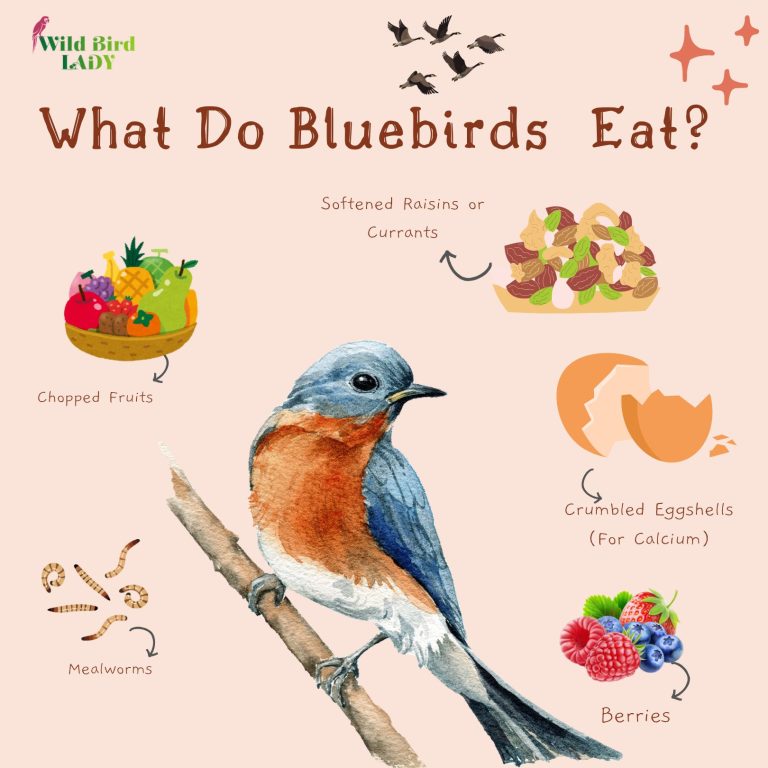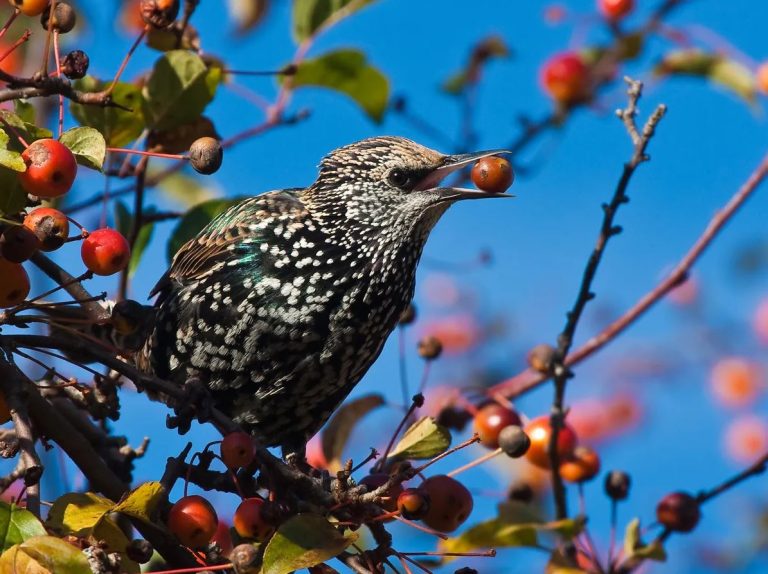What Do Blue Jays Eat? Backyard Tips to Attract These Brilliant Birds
Written by Rifat Ahmed – Birdwatching enthusiast with over 13 years of experience
Introduction: The Curious Case of the Blue Jay’s Appetite
I still remember the first time I spotted a blue jay as a beginner birdwatcher. Its bright blue feathers flashed in the morning sun as it called out with that unmistakable jay! jay! cry. But what fascinated me even more was watching it snatch a peanut from the feeder and fly off to stash it in a tree crevice.
Over the past 13 years, I’ve spent countless hours observing blue jays in both wild forests and suburban backyards. One of the most common questions I get asked is, “What do blue jays eat?” The answer? These intelligent birds have a surprisingly versatile and sometimes shocking diet. Let me walk you through everything I’ve learned—plus how you can make your yard irresistible to them.
What Do Blue Jays Eat? An Omnivore’s Menu
Blue jays (Cyanocitta cristata) are omnivorous birds, which means their diet includes both plant-based and animal-based food. Their food choices shift with the seasons, availability, and environment. According to the Cornell Lab of Ornithology’s All About Birds, blue jays are opportunistic feeders known for their resourcefulness and adaptability.
Here’s a breakdown of blue jays’ food categories:
1. Nuts and Seeds (Especially Acorns)
Blue jays are famously fond of acorns, so much so that they play a role in oak tree propagation. They’ll often gather and bury acorns for later use—a behavior called caching.
Other favorites include:
- Sunflower seeds (especially black-oil sunflower)
- Peanuts (shelled or unshelled)
- Safflower seeds
- Corn kernels
- Beechnuts
I’ve often seen them cracking open peanut shells on tree branches and even chasing squirrels away from feeders.
2. Fruits and Berries
During warmer months, blue jays eagerly consume:
- Cherries
- Grapes
- Elderberries
- Apples
- Blackberries
- Mulberries
They tend to prefer soft, juicy fruits. I once left a bowl of cut apples outside and watched a jay peck right through the skin to get at the sweet flesh inside.
3. Insects and Invertebrates
Protein is vital, especially during nesting season when they feed their chicks. They consume:
- Caterpillars
- Grasshoppers
- Beetles
- Spiders
- Snails
- Crickets
Their insect appetite makes them helpful garden companions, especially if you’re battling pests.
4. Eggs and Nestlings
This may surprise you, but blue jays sometimes raid nests. They eat eggs and baby birds—sparrows, robins, and even other jays. While not their primary food source, this carnivorous behavior is part of their natural survival strategy.
As shocking as it sounds, it highlights how broad and opportunistic blue jays’ food preferences are.
5. Other Foods
They’ve also been seen eating:
- Bread scraps
- Suet (especially in winter)
- Bird feeder mix
- Human leftovers (yes, even French fries!)
Their curiosity knows no bounds.
Seasonal Diet Shifts: What Blue Jays Eat Throughout the Year
Like many wild birds, blue jays adapt their diet depending on the season.
Spring & Summer
- High-protein foods: insects, caterpillars, spiders
- Fruits and soft berries
- Nestling birds (rare but observed during early summer)
Fall
- Heavy caching behavior
- Acorns, beechnuts, and seeds are collected and hidden
Winter
- Cached nuts
- Feeder food: suet, peanuts, sunflower seeds
- Sometimes small rodents or carrion if food is scarce
I’ve watched blue jays return to the same hiding spots days later, accurately locating buried nuts even under snow. Their memory and problem-solving skills are incredible.
How to Attract Blue Jays to Your Backyard: Proven Tips
If you want these brilliant birds to visit (and stay) in your backyard, food alone isn’t enough. You need to think like a blue jay. Here’s how:
1. Use the Right Feeder
Blue jays are large birds—many feeders are too small or unstable for them. I recommend:
- Platform feeders or hopper feeders with wide ledges
- Ground feeding trays
- Sturdy pole-mounted feeders
Avoid delicate tube feeders unless they’re specifically built for larger birds.
2. Offer the Right Food
The best foods for attracting blue jays include:
- Unsalted peanuts in the shell (a favorite!)
- Black-oil sunflower seeds
- Whole corn kernels
- Suet cakes with nuts or berries
- Sliced fruits like apples or grapes
Pro tip: Place peanuts on a platform feeder and watch them carry them off one by one to hide. It’s a joy to witness.
3. Add Water Sources
Like all birds, blue jays need water for drinking and bathing. A birdbath with clean, shallow water works wonders. Add a dripper or small fountain for movement, which catches their attention.
4. Provide Nesting Sites and Cover
Blue jays build nests in shrubs and trees, especially evergreens. You can:
- Plant dense shrubs (holly, juniper, pine)
- Leave dead branches or tree cavities
- Avoid excessive yard cleanup in spring (fallen twigs help with nest-building)
I’ve had success simply letting a corner of my yard grow wild—it turned into a blue jay favorite.
5. Reduce Predator Risks
Keep domestic cats indoors and avoid chemicals in your yard. Blue jays are cautious and won’t stay in a space where they sense danger.
The Social Side of Blue Jays
Blue jays are not just beautiful—they’re some of the most social and intelligent birds I’ve ever observed in the wild. Their personalities shine through in fascinating ways once you spend time watching them.
Typically, blue jays travel in small family groups or loose flocks, especially outside of breeding season. During fall migration, you might see dozens flying overhead in silent, swift waves. But even in the backyard, they tend to move in units, communicating constantly.
Vocal Communication: More Than Just “Jay! Jay!”
One of their most remarkable traits is their diverse vocal range. Of course, they’re famous for their loud, harsh “jay! jay!” call—but they have over 20 known vocalizations and many subtle variations.
They whistle, click, rattle, and even mimic other birds, especially hawks. I once mistook a Cooper’s Hawk call in my backyard, only to realize it was a blue jay using mimicry to scare other birds away from a peanut feeder! According to All About Birds, this behavior is surprisingly common and clever—it allows them to dominate feeding spots without resorting to actual aggression.
Neighborhood Watchbirds
Blue jays also serve as what I like to call the “neighborhood watchdogs” of the bird world. They are hyper-alert to danger and often the first to sound the alarm when predators are near. I’ve seen blue jays band together to mob hawks, owls, and even snakes, shrieking loudly and dive-bombing until the threat retreats.
Just last spring, I watched three jays relentlessly chase a red-shouldered hawk out of a wooded corner of my yard. Their cooperation and bravery were incredible to witness.
Hierarchy and Social Bonds
In flocks, blue jays often establish a clear pecking order. You’ll notice dominant individuals taking the lead at feeders or being first to call out danger. However, they also show strong family bonds, especially between mated pairs and their offspring.
During nesting season, both parents participate in nest-building and chick-feeding. Even outside of breeding months, I’ve seen siblings and mates preen each other or share food—behaviors that suggest strong emotional intelligence.
Blue Jays and Human Interaction: The Good and the Bad
Not everyone loves blue jays. Some people consider them aggressive or nest raiders. But I’ve found that when you watch them with patience, their charm reveals itself.
Yes, they can be bossy at feeders, but they’re also endlessly entertaining, clever, and adaptable. And they play an important role in forest ecosystems by spreading seeds.
Read also: What Do Orioles Eat? The #1 Trick to Attract Them to Your Backyard
Fun Facts About Blue Jays’ Food Habits
- A single blue jay can hide thousands of acorns in fall, using landmarks to relocate them later.
- They sometimes soak dry bread or crackers in birdbaths before eating them.
- Blue jays can hold food in their throat pouch and fly off to eat it in peace or store it.
- They may eat clay or dirt for minerals—something I’ve personally observed on warm summer days.
❓Frequently Asked Questions About Blue Jays and Their Diet
What is the favorite food of blue jays?
Blue jays love peanuts in the shell, especially when they’re unsalted. They also favor acorns, sunflower seeds, and suet cakes with nuts or fruit. These foods not only satisfy their dietary needs but also engage their natural caching behavior.
Do blue jays eat other birds?
Yes, though it’s rare. Blue jays may occasionally eat eggs or nestlings of smaller birds, especially during breeding season when they need high-protein food. However, this behavior is opportunistic and not their main food source.
Do blue jays store their food?
Yes! Blue jays are known for their caching behavior. They will hide acorns, nuts, and seeds in various locations (tree bark, soil, flower pots) to retrieve later, especially in fall and winter.
Do blue jays come to feeders year-round?
In most parts of their range, yes. Blue jays are non-migratory in many regions and will visit feeders all year if food is available. During winter, high-energy foods like peanuts and suet are especially effective.
Are blue jays aggressive at feeders?
They can be. Blue jays are dominant and bold, often scaring off smaller birds. To avoid conflicts, consider using multiple feeders spaced apart so all birds can eat peacefully.
Final Thoughts: Feeding Blue Jays Is a Joyful Experience
So, what do blue jays eat? Practically everything! From nuts and fruits to insects and even small animals, their menu is as diverse as their personalities. And once they discover your backyard offers safe cover, clean water, and tasty food, they’ll return again and again.
Blue jays were among the first birds that drew me into birdwatching. Their striking beauty, intelligence, and boldness never get old. Give them the right food, space, and patience—and you’ll soon have a front-row seat to one of nature’s most fascinating performers.
Happy birding!

